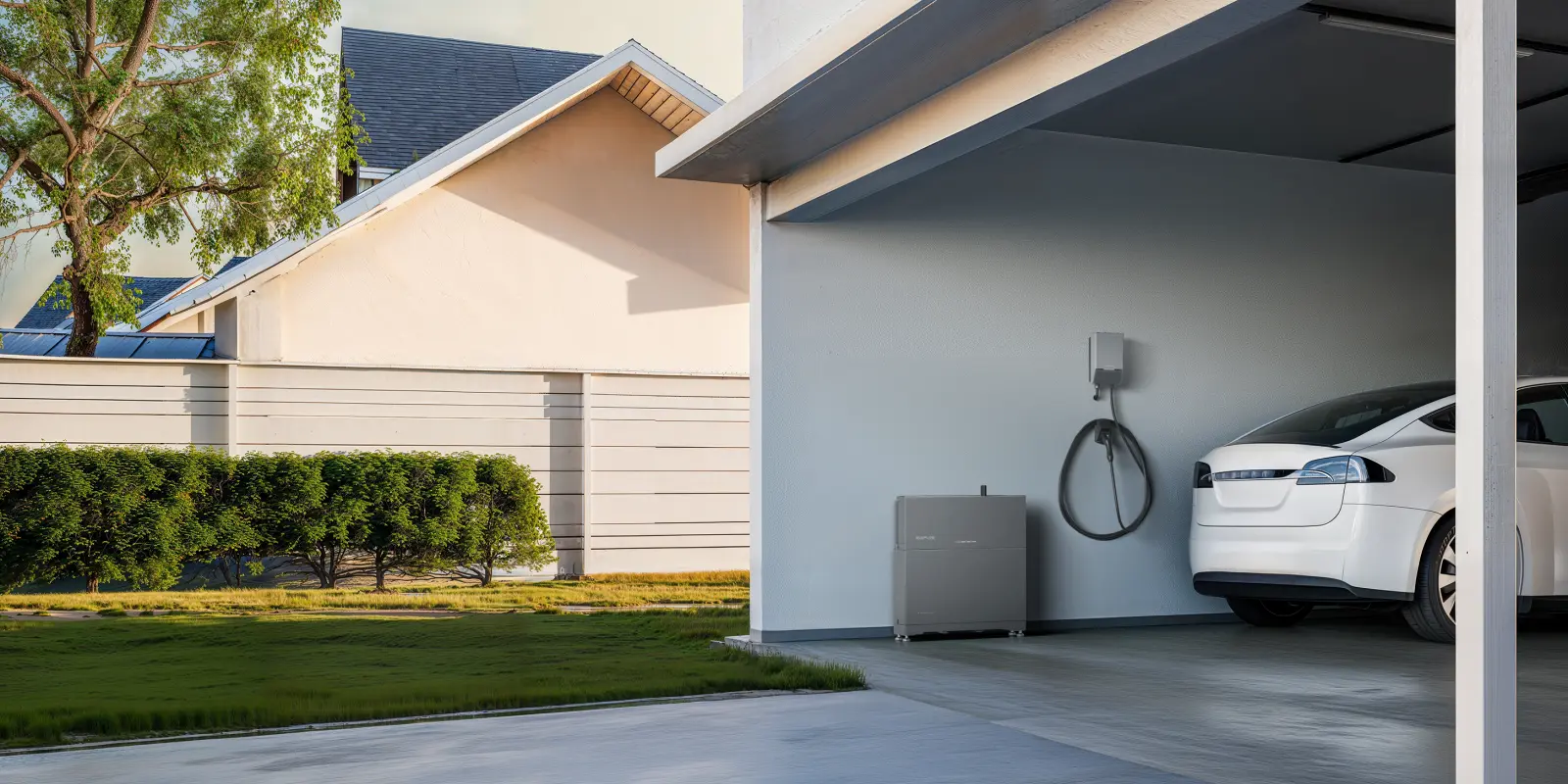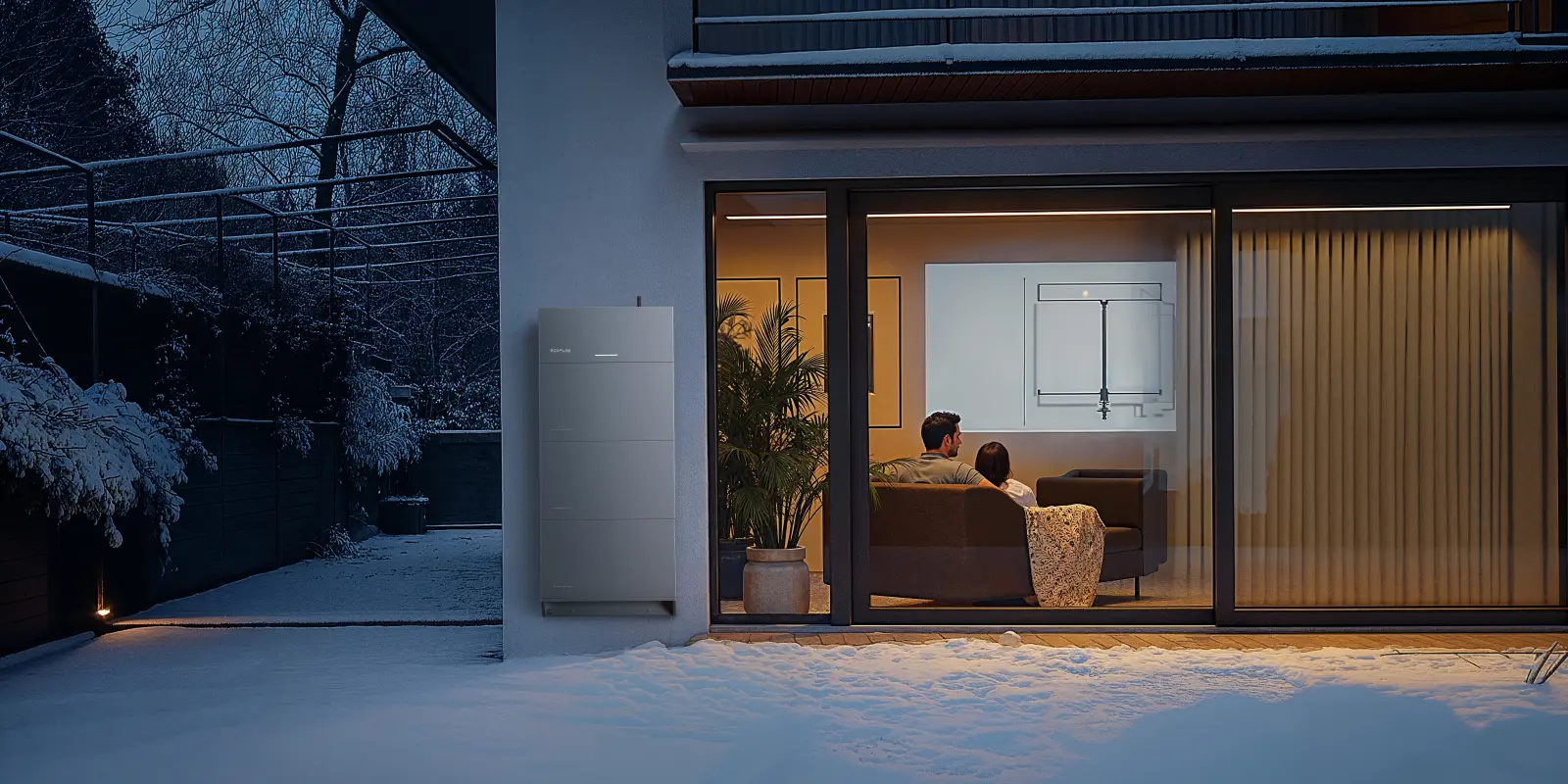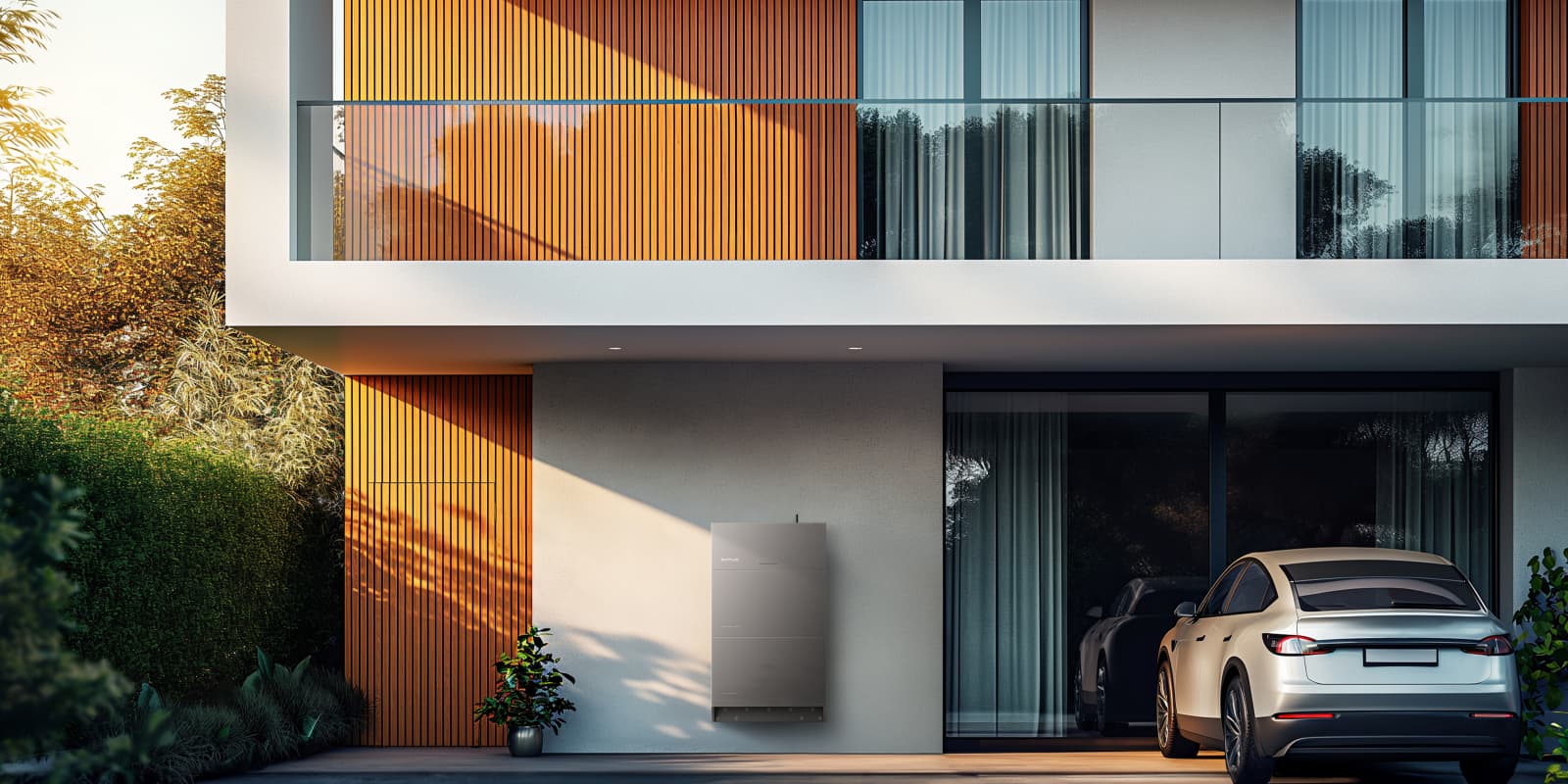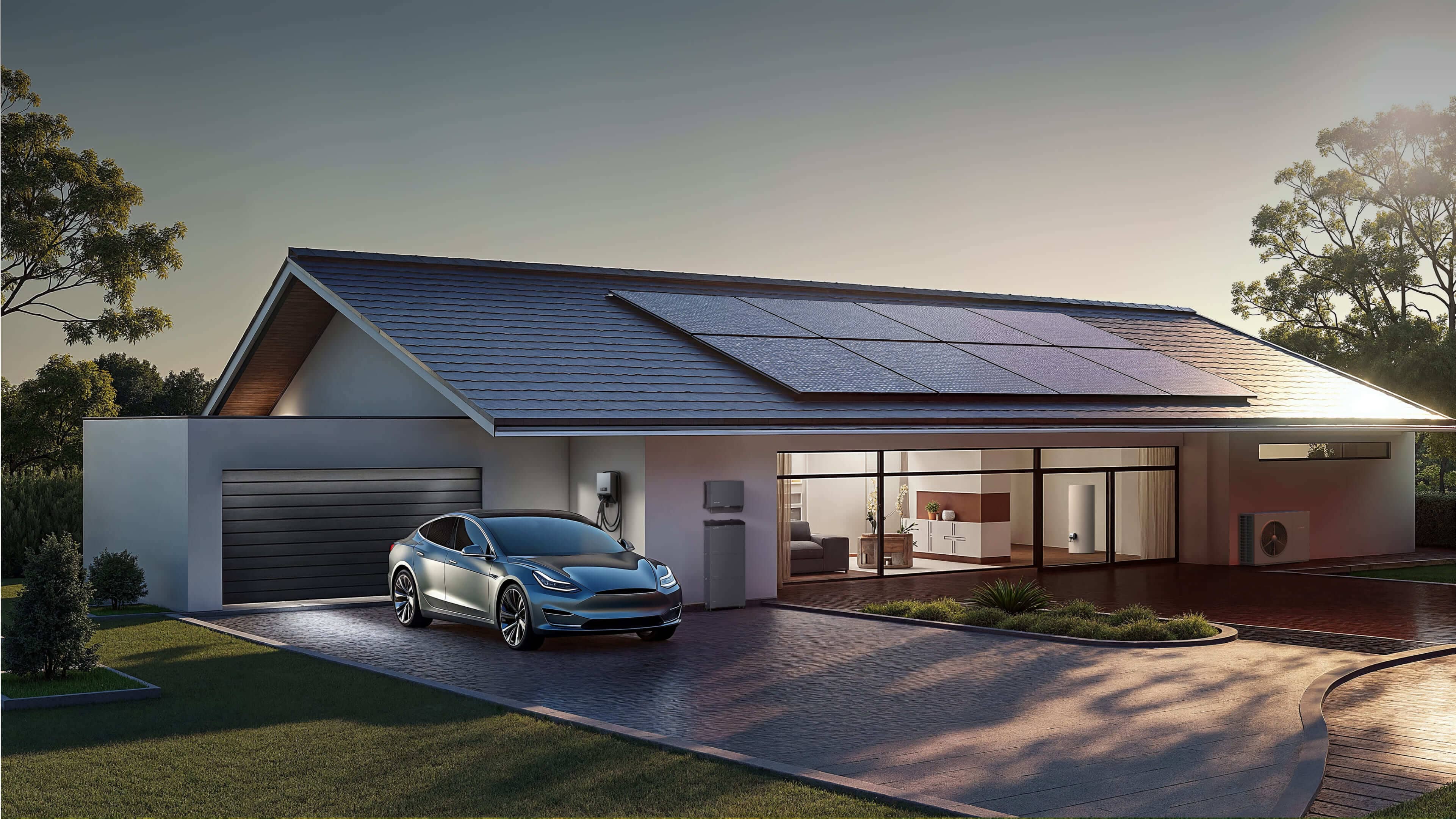EcoFlow Home Battery Blog Center

Home Energy Management
How Much Electricity Does a Washing Machine Use?
Home Energy Savings
Why Immersion Heaters Are Costing You More Than You Think
Home Heating System
How Do Heat Pumps Work? A Practical Guide for Homeowners
Home Energy Management
How Much Does a Dehumidifier Cost to Run? A Breakdown of Energy Costs










